Palmetto Bluff Real Estate Company Sales Office
Office Hours
Monday-Friday 9am - 5pm
Saturday 9am - 4pm
Sunday 12 - 4pm
Saturday 9am - 4pm
Sunday 12 - 4pm
There are kings and queens, wrapped in yards of silk. There are wealthy merchants and powerful stadtholders, whose heavy-lidded stares are preserved in the brushstrokes of Rembrandt, Rubens, and Van Dyck. And, perhaps, most celebrated among them all is a doe-eyed girl with a pearl earring-one of a handful of paintings by Johannes Vermeer. But I was not there for them.
Amidst the stiff-collared gloom of the great Dutch Masters at Mauritshuis, I searched for a foreigner.
I have long admired the work of the German portraitist Hans Holbein the Younger (1497–1543). His efficient yet elegantly contoured linework pulled portraiture out of Medieval flatness and into a Renaissance of dimension. For this unique ability and economy, he earned patronage at the Tudor court as a painter for Henry VIII of England. It is Holbein’s portrait of Robert Cheseman, hanging in this small, royal gallery at The Hague in the Netherlands, that first attracted me to this museum over a decade ago.
An obscure English nobleman, Cheseman is an unremarkable subject. It is the falcon perched on his gloved hand that gives the portrait a story. Though he is often mistaken as the king’s falconer because of Holbein’s depiction, there is no historical evidence that Cheseman held that office. Rather, art historians believe that the falcon functions here as a symbol of status. By Tudor times, falconry—an umbrella term for sporting with all birds of prey, not just falcons—had become associated with nobility.
But falconry has humble roots. Developed 4,000 years ago on the steppes of Mongolia (some historians place its origins earlier on the Arabian peninsula), it was and still is used in that part of the world as a means of hunting for food. Spreading westward over centuries, the art of training birds of prey had become so firmly established in Europe by the time of William Shakespeare that the great bard wove dozens of references to the avian sport into his works, and thus into the English colloquy: “hoodwinked” (Romeo and Juliet), “scarf the eye” (Macbeth), “haggard” (Taming of the Shrew), and “bated breath” (Merchant of Venice), among many others.
A few months ago, I returned to see Cheseman, who now appears next to another Holbein portrait of an unnamed nobleman with a hawk. I admired the ancient pair, whose world seems so distant from mine. But on that gloomy day in the Low Countries of Europe, little did I suspect that the proximity between us would soon be shortened on an upcoming trip to the Lowcountry of South Carolina.
Steve Hein, director at the Center for Wildlife Education and the Lamar Q. Ball Jr. Raptor Center at Georgia Southern University, which he helped found in 1991, participated in this year’s
Field + Fire weekend at Palmetto Bluff. He was first introduced to falconry as a hobbyist and is now an expert and one of a few thousand falconers in the United States.
In an exhibition at Wilson Village, Hein paraded a stunning pageant of live raptors for us to see and touch. There was a beautiful, dusty-blue peregrine falcon, which can reach speeds up to 240 mph. There was a bald eagle named Freedom and a gorgeous eagle owl, whose talon grip is eight times more powerful than a human hand. There was also a fluffy little screech owl that elicited soft coos from the audience.
But these birds are predators, Hein reminded us. Majestic and sometimes cute, their rightful place at the apex of the food chain should not be forgotten. While they can be trained by humans, they are, by nature, hunters.
I witnessed this the next day when Hein and his son, Adam, who owns On the Fly Outfitters in Brunswick, Georgia, took a handful of us into the Lowcountry forests of Palmetto Bluff. Hein sent his pointing dogs into the brush and released a Harris’s hawk into the trees. A particularly sociable raptor, this breed can be trained to hunt cooperatively. As the dogs sniffed their way through the woods, the hawk followed from tree to tree. When the dogs flushed a chucker, the hawk swooped down for the kill.
We repeated this with a goshawk, a particularly fast and agile bird. It quickly downed another chucker midflight.
Opportunistic hunters, raptors are capable of killing ground quarry as well. They can prey on rabbits and even small dogs. To demonstrate this, Hein released the hawk again. Within minutes, it spotted a gray squirrel high in an oak. A chase ensued. The squirrel, cornered, leapt. As we watched it sail from one branch to another, the hawk intercepted it midair. Gripping its catch, the bird glided down to the brush with its prize.
Hein is mindful that these pursuits are sport—one of the most regulated forms of hunting in the United States. But he is also quick to point out that, before noblemen and kings, falconry was and still is a testament to man’s ability to observe and harness nature for survival.
%GALLERY%
Photography by Bonjwing Lee

Palmetto Bluff’s Moreland Village feels a world away from the more traditional architecture of the iconi...

We are thrilled to introduce the inaugural winners of the Inspiring the Arts Scholarship—three extraordinary young women pursuing their artistic dreams through higher education! Katherine Donahue has been named our first official scholarship recipient, with Em...
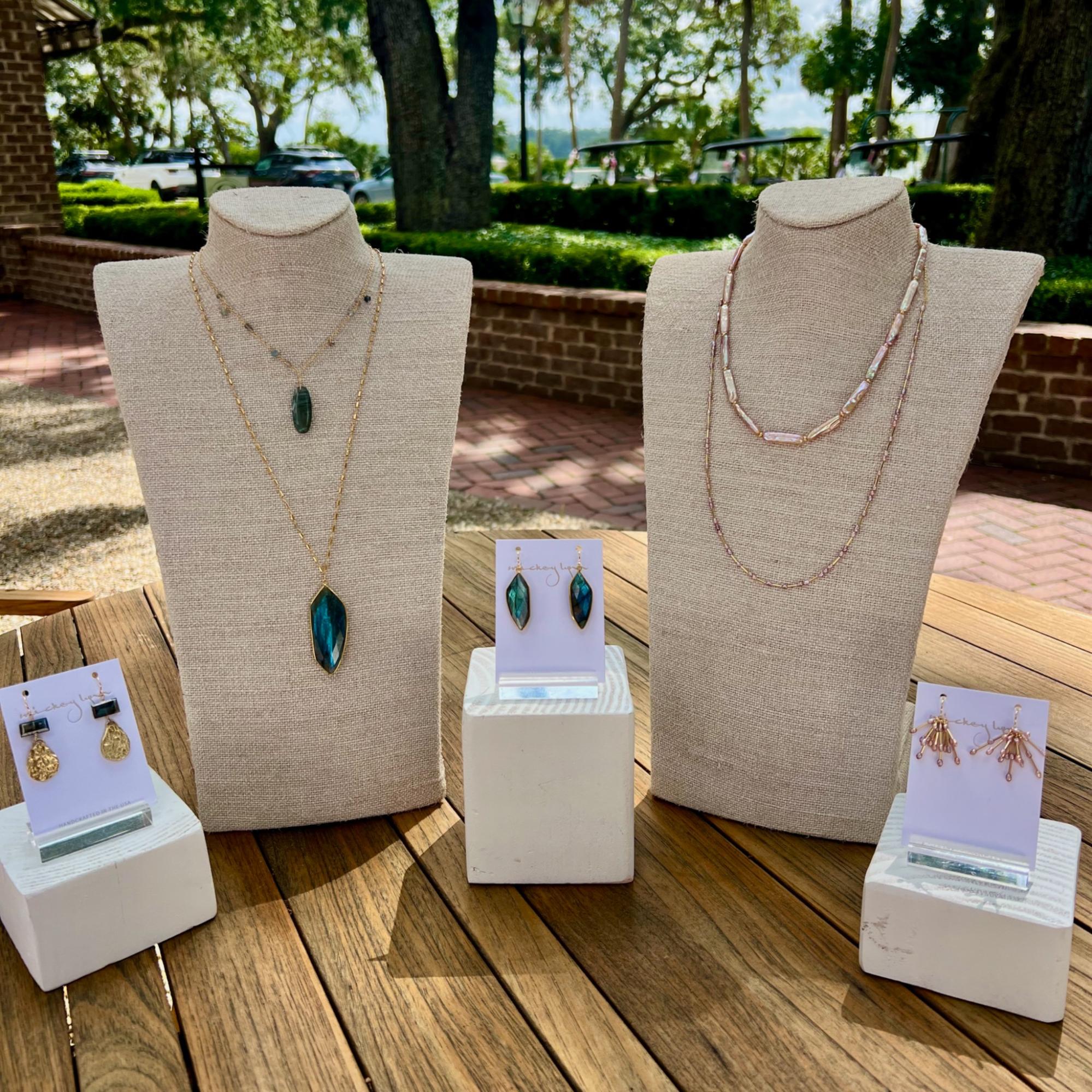
From handmade jewelry to performance wear, the latest arrivals at Palmetto Bluff’s retail spots capture the season in true Lowcountry style. This summer, the Bluff’s shops are full of fresh finds, carefully chosen by our trusted retailers—including FLOW Galler...
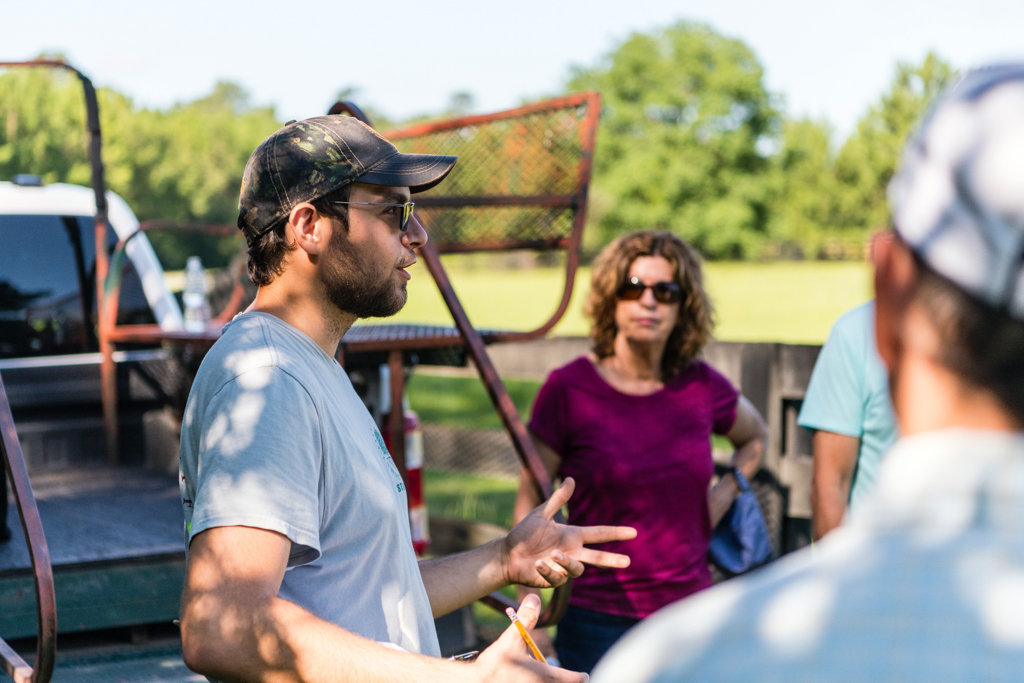
Citizen Science is Thriving at Palmetto BluffDid you know that residents of Palmetto Bluff are playing a vital role in national and global conservation efforts—all from their backyard?Through the Palmetto Bluff Conservancy’s growing Citizen Science programs, c...
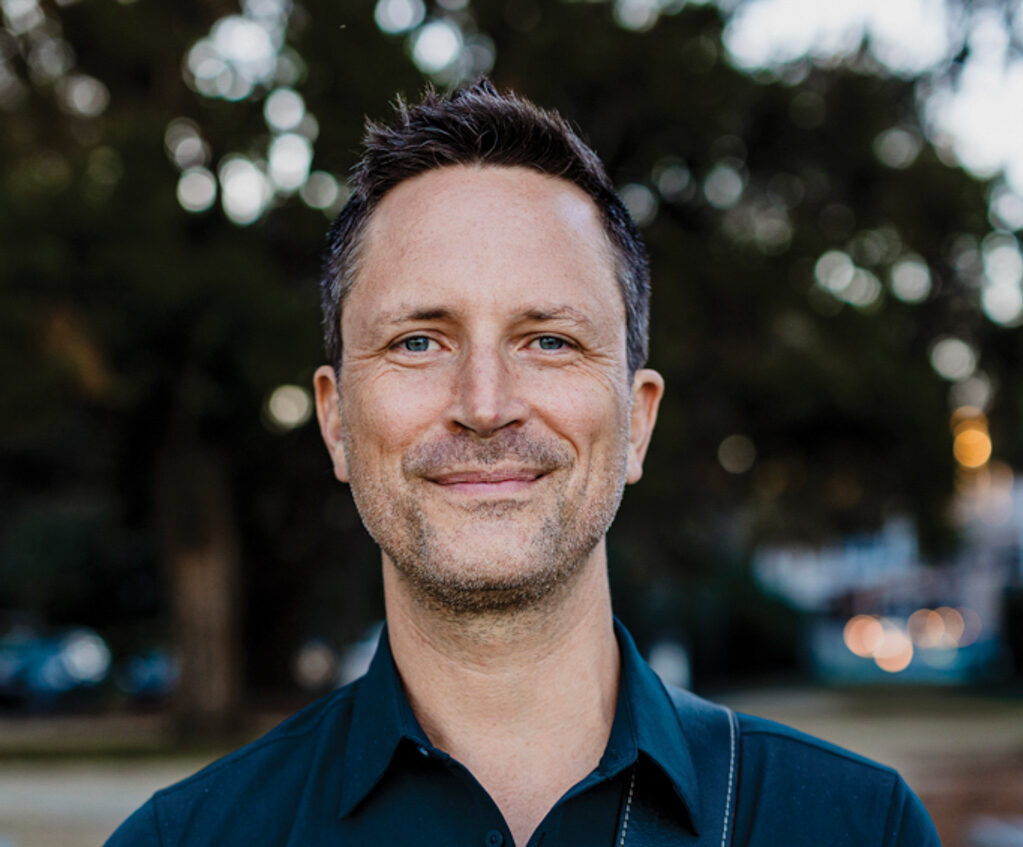
In October 2024, Grammy Award-winning musician Clay Ross visited Palmetto Bluff as part of The Arts Initiative's Artist in Residence Program. Through storytelling and song, he explores identity, heritage, and the universal language of sound. By Barry Kaufman ...
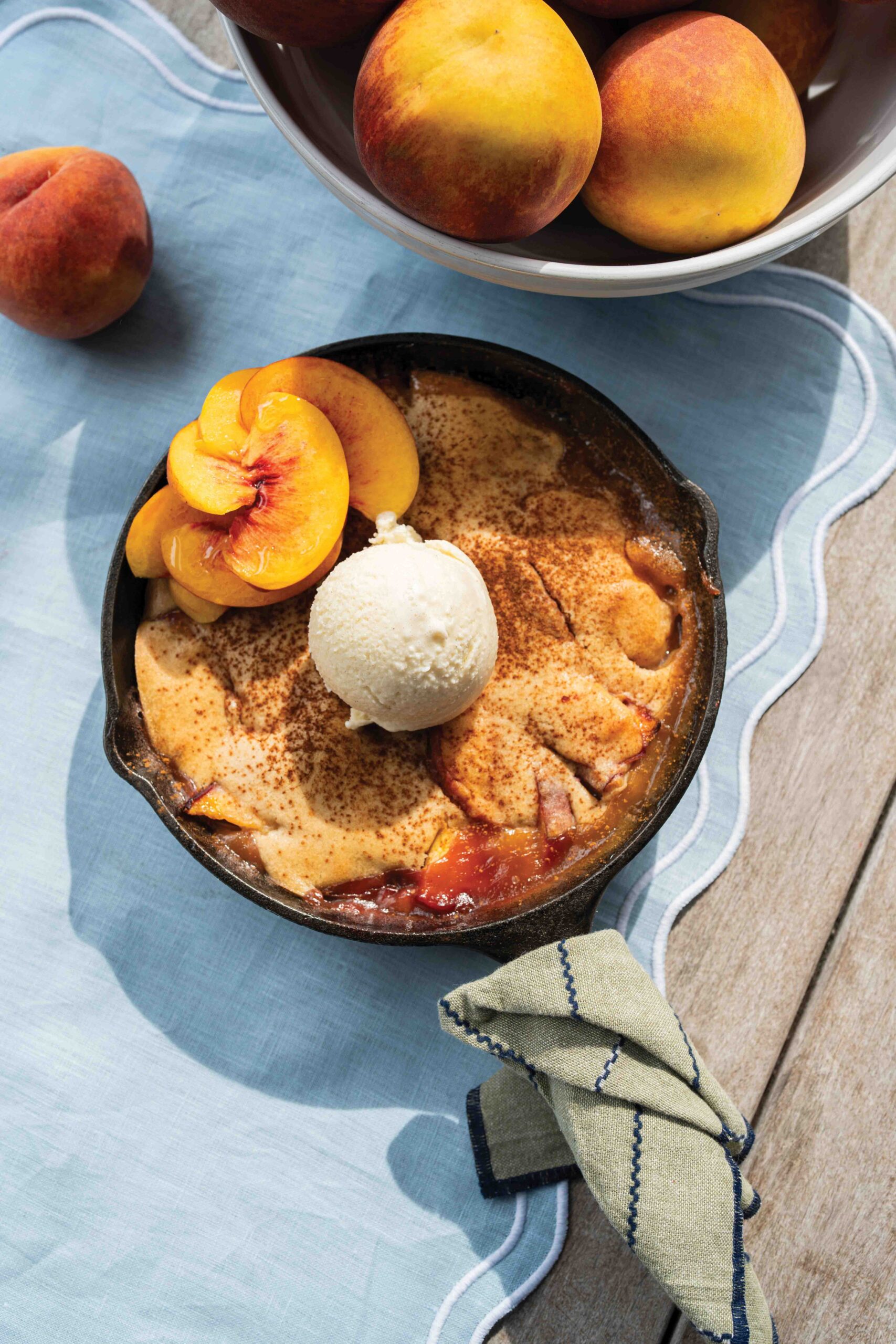
Palmetto Bluff Club Executive Chef Beth Cosgrove and Director of Culinary, Chef Rhy Waddington, Cook Up Four Peachy Recipes for a Summer in the South. Is there anything more iconic than a southern peach? A symbol of summer and Southern heritage, the peach car...
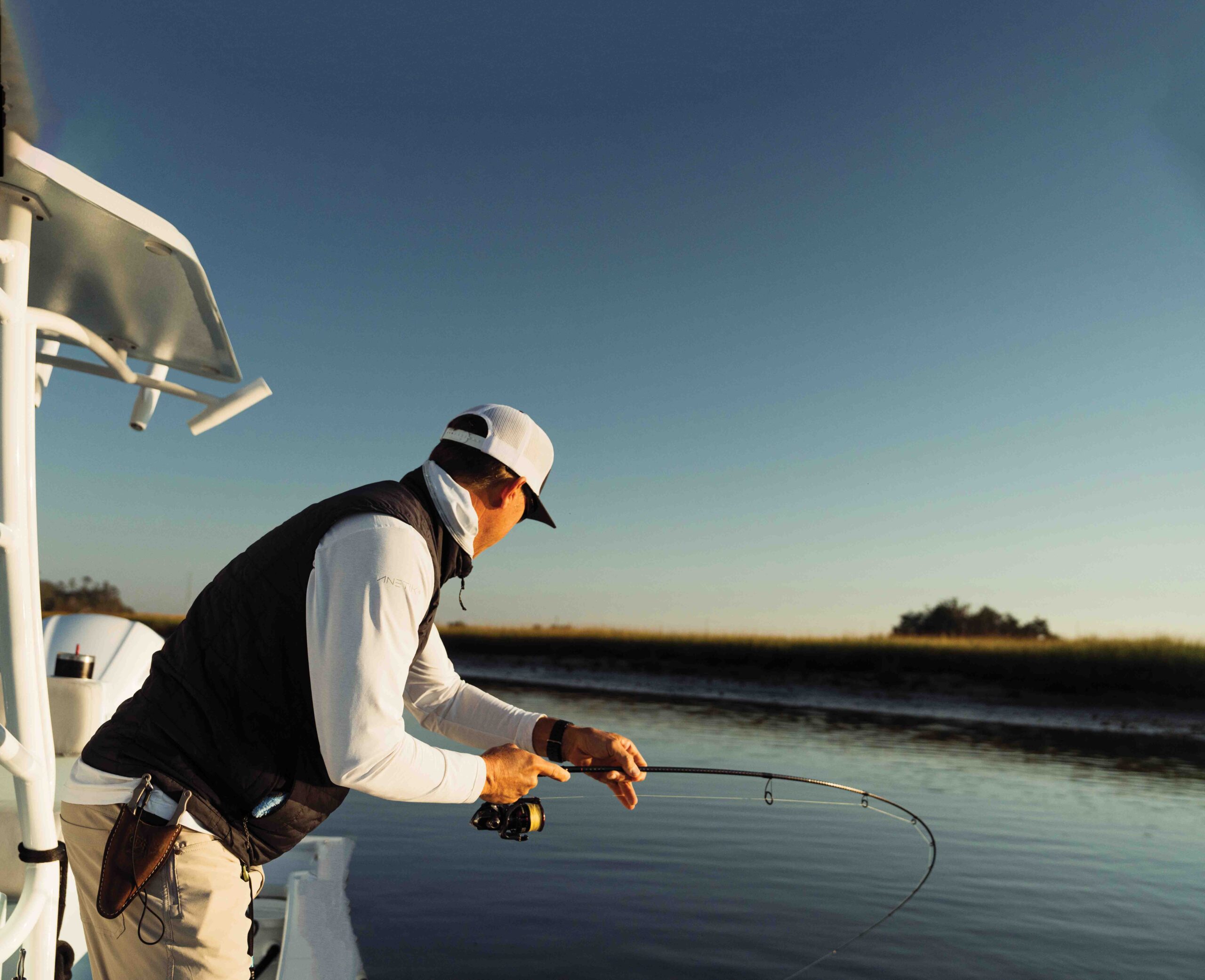
Following the tides and angling for redfish in Lowcountry creeks and estuaries with Captains Brian Vaughn and Will Stephens Story by Sandy Lang It is a sunny morning in October and the water is calm and glassy. The silence is punctuated by a gush of breath f...
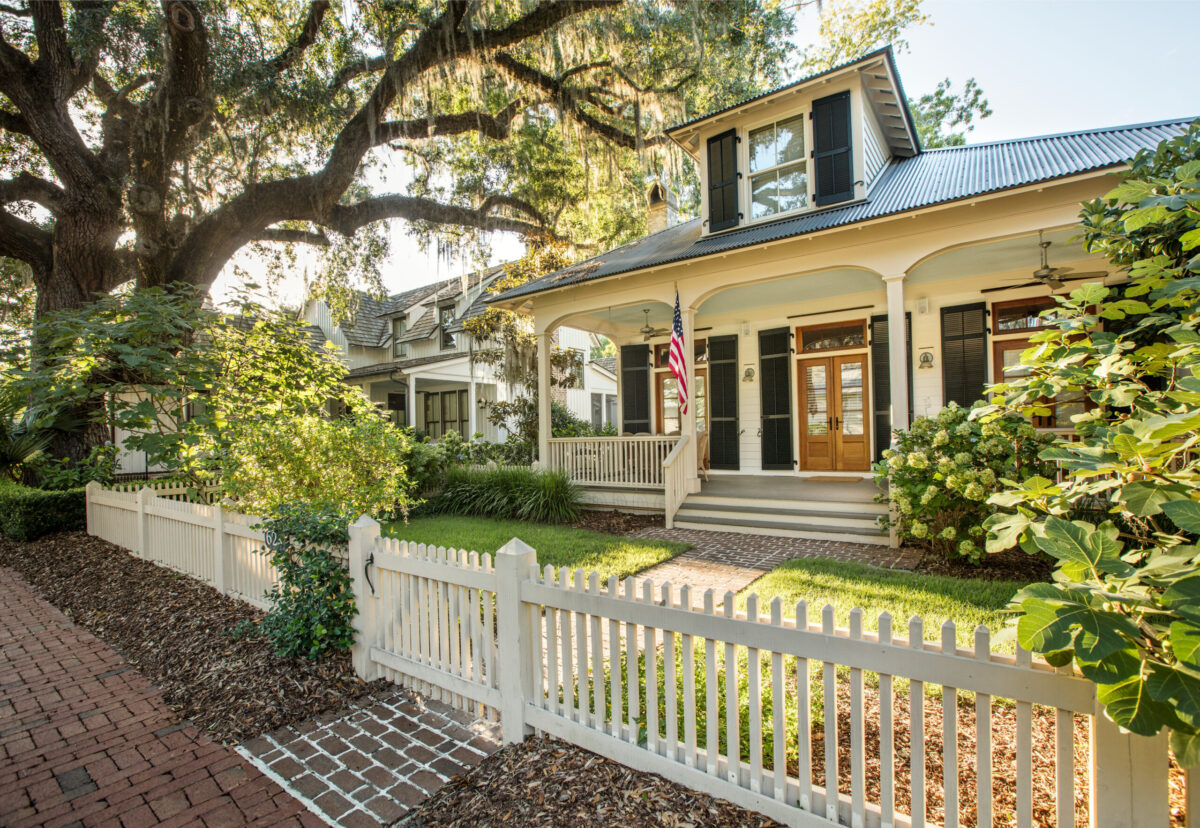
7 Ways To Upkeep Your Palmetto Bluff Home As spring arrives in the Lowcountry, the change in season brings more than blooming marshlands and sun-drenched afternoons; it’s also a perfect time to refresh and care for your Palmetto Bluff home. Coastal living mea...

When the land speaks, you listen. And at Palmetto Bluff, it spoke to two of golf’s most legendary course designers—Bill Coore and Ben Crenshaw. We invite you to watch our newest video, shot this past winter and featuring Bill and Ben, along with South Street P...

5 Renovations to Increase the Value of Your Lowcountry Home Whether Palmetto Bluff is your full-time residence or a cherished retreat, deciding to sell is never a quick or casual choice. However, when the time does come, you want your home to be as market-rea...
Learn about the Palmetto Bluff Conservancy and how we keep the vision of our land in place.
On land or water, there is an ever-evolving variety of activities.
We do not attempt to independently verify the currency, completeness, accuracy or authenticity of the data contained herein. All area measurements and calculations are approximate and should be independently verified. Data may be subject to transcription and transmission errors. Accordingly, the data is provided on an “as is” “as available” basis only and may not reflect all real estate activity in the market”. © [2023] REsides, Inc. All rights reserved. Certain information contained herein is derived from information, which is the licensed property of, and copyrighted by, REsides, Inc.